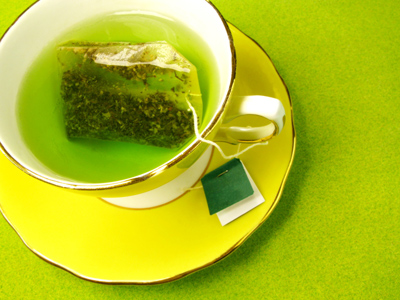
Mixtures
In our awesome KS2 Science lessons, we get to mix things up and explore how to separate them! Our experiments dive into solvents, solutes, and suspensions. This quiz is all about mixtures and the cool ways to unmix them.
Mixtures are like when we put different things together. Even little kids enjoy mixing stuff like flour with raisins or sand with water. But separating? Not as fun, especially with mixed-up bricks! But guess what? It's a fun challenge for everyone, even grown-ups!
Test your science skills with this enjoyable KS2 Science quiz. How much have you learned about mixing and separating?
Discover the Fun of Learning with Quizzes! Read MoreReady for more?
not all...
quizzers. Try to win a coveted spot on our Hall of Fame Page.







